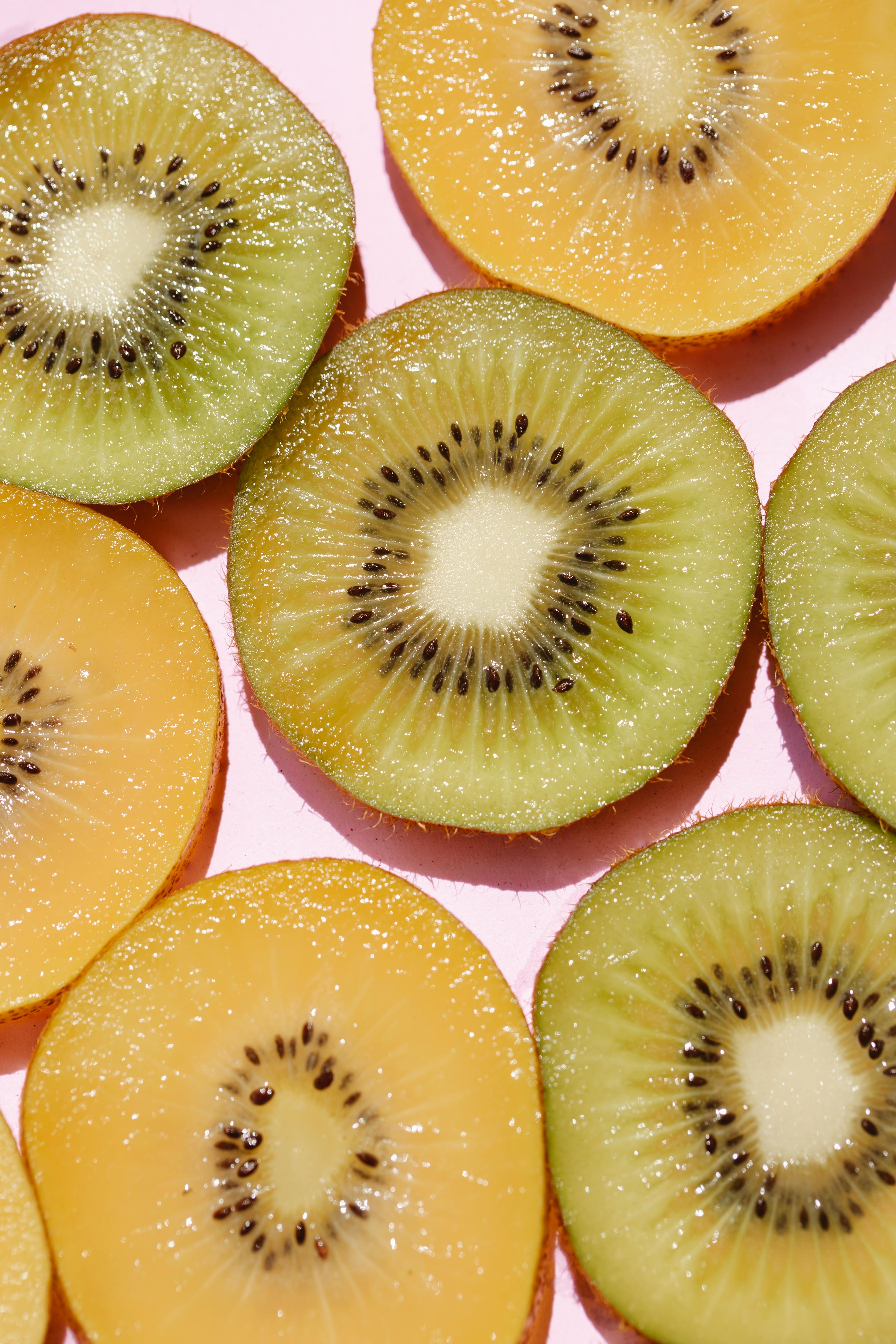Calories In Egg
Looking to count the amount of calories in an egg? You’re in the right place. This comprehensive guide offers you a meticulous rundown of calorie content in various foods, including detailed analysis on eggs, apples, avocados, chicken breasts and much more. It also provides insight into other essential aspects of dietary balance, such as daily calorie requirements, effective ways of calorie-burning, as well as desirable calorie intake for weight loss. You will also learn about the calorie composition of diverse fruits like bananas, oranges, and strawberries and understand how everyday activities contribute to your overall calorie burn. With this knowledge at your fingertips, you’re well equipped to make healthier dietary choices.

Understanding Calories
Definition and importance of calories
A calorie, when referred to in a dietary context, is the unit of energy that we get from food and drink. Often, when people talk about calories, they are discussing them in the context of weight loss or weight gain. To maintain your weight, you need your calorie intake and usage to be balanced. If you consume more calories than your body needs, the unused calories will be stored as fat, leading to weight gain. On the other hand, if you burn more calories than you eat, you’ll lose weight.
Roles of calories in the body
Calories serve many crucial roles in the body. They provide energy for bodily functions, from the cellular metabolism that keeps your heart beating and lungs breathing, to the movement you do every day. The essential macronutrients – carbohydrates, protein, and fats – all contribute to your calorie intake and each plays unique roles in the body, from supplying immediate energy to building and preserving muscle tissue.
Effects of calories on weight
While there are numerous elements of human metabolism that can impact weight, the principle remains the same: a state of caloric excess leads to weight gain, and a state of caloric deficit leads to weight loss. Consuming excess calories without burning them off generally results in weight gain. If you eat fewer calories than your body needs, you lose weight.
Determining Your Calorie Needs
Calculating daily energy expenditure
Your daily energy expenditure, or the number of calories your body burns in a day, can be calculated using various formulae that take into account your age, sex, weight, and activity levels. The Harris-Benedict equation or the Mifflin-St Jeor equation are commonly used methods.
Influence of gender, age, height, and weight
Calorie needs vary significantly based on factors such as age, sex, weight, and height. For instance, men generally need more calories than women due to having higher muscle mass. As you age, your metabolic rate tends to slow down, meaning you might need fewer calories to maintain your weight. Your body mass index (BMI) and height can also influence daily calorie requirements.
Adjusting for physical activity levels
Physical activity increases the number of calories you burn, hence you need to take your activity level into account when calculating your energy needs. The more active you are, the more calories you need. Commonly, physical activity levels are categorized as sedentary, lightly active, moderately active, or very active, with corresponding multiplication factors applied to estimate your total daily energy expenditure.

The Calorie Content of Common Foods
Calories in fruits like apples and bananas
Fruits, while high in nutrients and fiber, also contain calories. An apple, for instance, contains about 95 calories, while a medium-sized banana has about 105 calories.
Calories in vegetables like avocados and cucumbers
Vegetables usually have fewer calories than fruits. For example, a medium-sized cucumber contains just 45 calories. However, it’s important to note some exceptions, such as avocado, a high-fat fruit that packs around 234 calories per piece.
Calories in protein sources like eggs and chicken breast
Protein is essential for muscle growth and repair, and it also plays a critical role in numerous body functions. A medium-sized egg contains about 68 calories, while a typical serving (100 grams) of skinless, boneless chicken breast contains approximately 165 calories, making them both excellent sources of protein.
Special Focus on Eggs
Number of calories in a whole egg
A medium-sized whole egg contains about 68 calories. The majority of these calories come from protein, but eggs also contain some fat.
Breakdown of calories in different parts of an egg
The two primary parts of an egg, the yolk and the white, have distinct nutritional contents. Most of an egg’s calories are in the yolk, which contains about 55 calories compared to around 17 calories in the egg white.
Impact of cooking method on egg’s calorie content
Cooking method can also affect the calorie content of an egg. Poached and boiled eggs retain their original number of calories, while frying an egg can increase its calorie content due to the added fat from the oil or butter used in the frying process.

Managing Calorie Intake for Weight Loss
Determining daily calorie deficit goal
To lose weight, a common recommendation is to aim for a calorie deficit of 500-1000 calories per day, which can lead to a healthy weight loss of 1-2 pounds per week.
Balancing calories consumed and burned
Weight loss is generally achieved by increasing physical activity, reducing calorie intake, or ideally, both. Burning more calories than you consume creates a calorie deficit, leading to weight loss.
Influence of food choices on calorie intake
Food choices significantly impact your calorie intake. Choosing nutrient-dense foods, which are high in nutrients for the number of calories they contain, over calorie-dense foods, can help you feel fuller on fewer calories.
Exercise and Calorie Burning
How exercise helps increase calorie burn
Exercise, whether it’s cardio, weight training, or even a brisk walk, helps increase the number of calories you burn in a day, enabling you to achieve a calorie deficit more easily.
Estimating calories burned during various activities
Different types of exercises burn different amounts of calories. Consider using an online calculator or fitness tracking device to get an estimate of the calories burned during various activities.
Best exercises for high calorie burn
Exercises such as high-intensity interval training (HIIT), boxing, cross-fit, and swimming tend to be particularly effective at burning calories.

Drinks and Their Calorie Contents
Calories in various types of alcohol like vodka
Alcoholic drinks can add a significant number of calories to your diet. A shot (1.5 oz) of vodka has around 97 calories, and keep in mind that mixers can add more.
Calories in non-alcoholic beverages like watermelon juice
Non-alcoholic beverages such as juices can also be high in calories. A cup of watermelon juice, for instance, contains about 71 calories.
Fast Food and Calorie Content
Calories in popular fast food items like Big Mac
Fast food is generally high in calories. For example, a Big Mac from McDonald’s contains around 563 calories.
Ways to reduce calorie intake when eating fast food
If you must eat fast food, make healthier choices by opting for smaller portions, choosing items with more vegetables and lean protein, and skipping sugary drinks.

Myths and Misconceptions about Calories
Misunderstandings about low calorie and high calorie foods
It’s worth keeping in mind that not all calories are created equal, and focusing solely on calories can be misleading. Consuming 100 calories of sugar will have a different effect on your body than eating 100 calories of broccoli.
Clarifying the notion of ‘negative calorie’ foods
Negative calorie foods, which supposedly take more energy to digest than they provide, don’t exist. While some foods are low in calories and high in fiber, they still provide more calories than your body uses to digest them.
Monitoring and Adjusting Your Calorie Intake
Tools for tracking calorie intake and burn
Various tools can assist with tracking calorie intake and expenditure. These range from simple food diaries and online calculators to sophisticated fitness trackers and smartphone applications.
How to adjust calorie intake based on progress
Monitoring your progress can help you adjust your calorie intake and exercise regimen accordingly. If you’re losing weight too quickly or not quickly enough, consider adjusting your daily calorie goal.
Strategies to reduce calorie intake without feeling deprived
Adopt strategies like drinking plenty of water before meals, eating more high-fiber and high-protein foods, and reducing portion sizes to reduce calorie intake without feeling deprived. Regular physical activity can also help manage your weight without drastic calorie reduction.
Understanding calories and their influence on your body can be an empowering starting point in managing your weight and overall health. It’s essential to remember, however, that weight management and health are about more than just calories – the quality of your diet and the balance and variety of foods you eat also matter.

